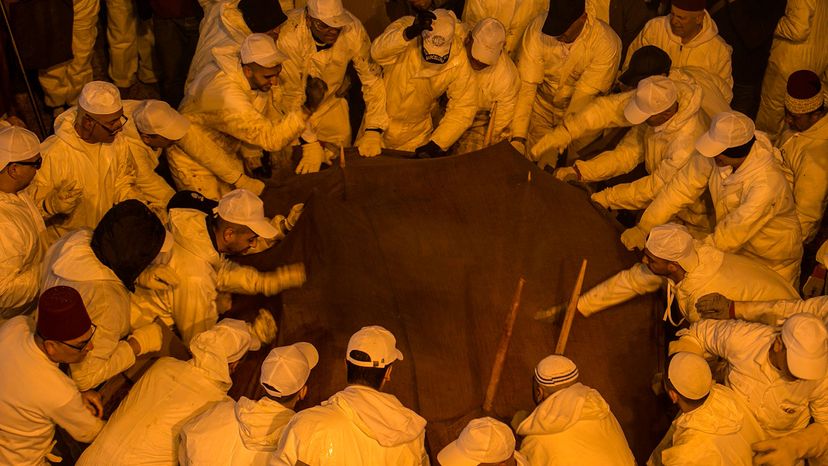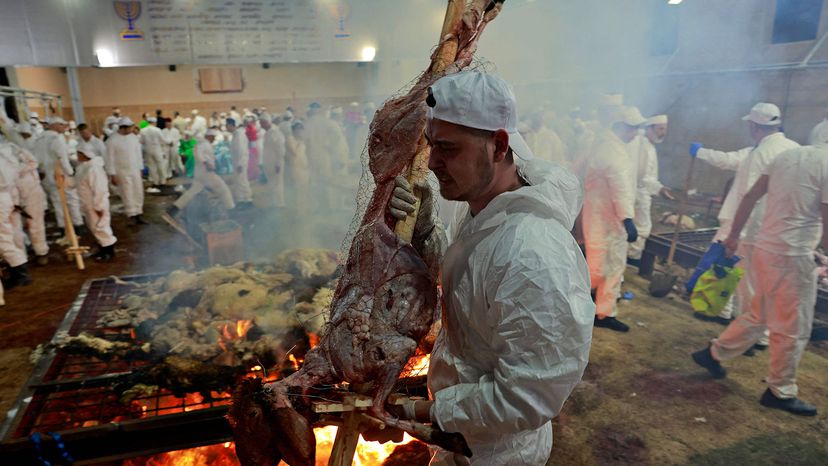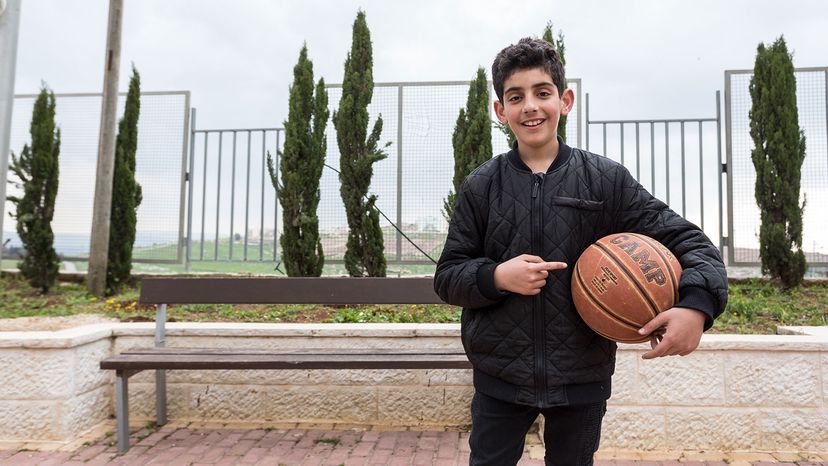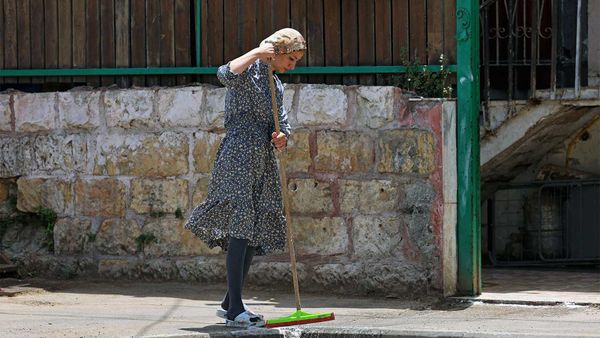
In the New Testament parable of the "Good Samaritan," Jesus tells the tale of a traveler who was robbed, beaten and left for dead on the side of the road. Several people walk by the naked, injured man, including Jewish priests and authorities, but a Samaritan, a stranger, stops. He treats the victim's injuries, takes him to an inn and leaves the innkeeper money to pay for any expenses.
The parable of the Good Samaritan is such a powerful example of unconditionally "loving thy neighbor" that many hospitals and charities now carry the name "Samaritan." There are also "Good Samaritan laws" which give legal protection to people who give aid to those who are injured or in danger.
Advertisement
But when Jesus first told the parable 2,000 years ago, it would have been received very differently. To the Jewish community of the first century C.E., the Samaritans were an unclean and unholy sect. A "good" Samaritan, in fact, would have been unthinkable.
"It's like saying 'the good Osama bin Laden,'" says Terry Giles, a theology professor at Gannon University in Erie, Pennsylvania. "It would have been shocking to a Jewish audience that a Samaritan was the hero of the story."
The truth is that Samaritans and Jews have a tremendous amount in common. Both are ancient peoples who can trace their origins back to the biblical Israelites, God's "chosen people" whom Moses led into the Promised Land. Both Samaritans and Jews revere the Torah, the first five books of the Hebrew Bible, as the word of God and faithfully follow its commandments. And they both have suffered centuries of cruel persecution.
What most people don't know is that there is still a small but thriving community of Samaritans in the Holy Land, where they continue to practice their distinct Israelite religion and traditions. And the good news is that the ancient animosity between Jews and Samaritans has largely faded away.
Advertisement






